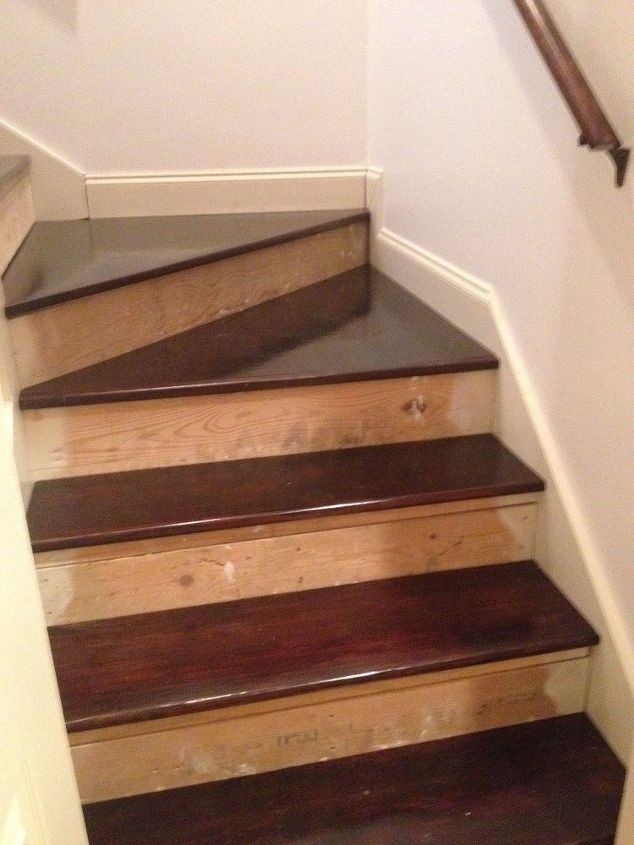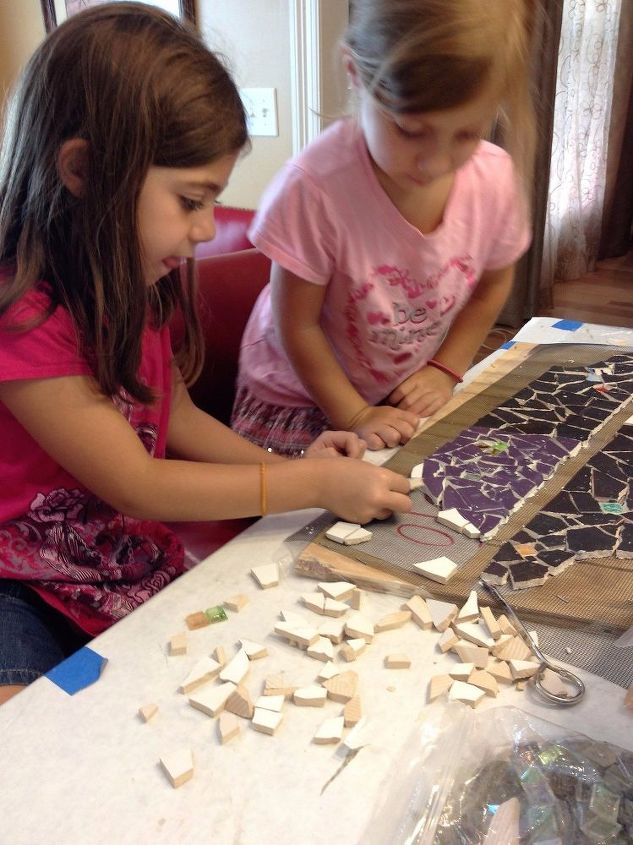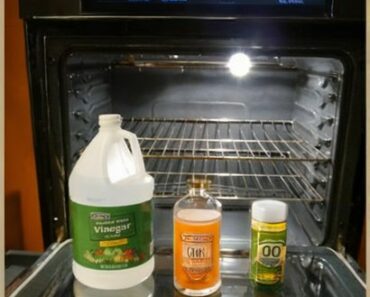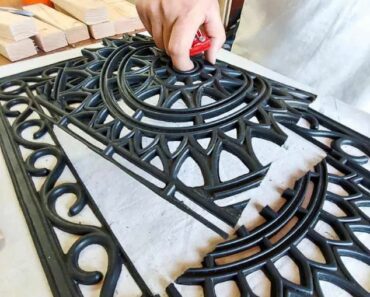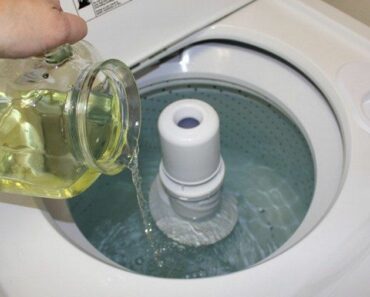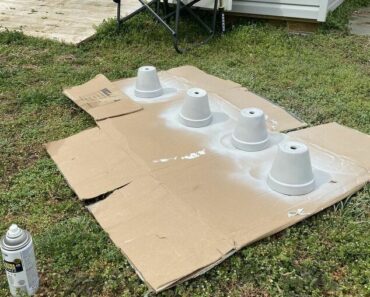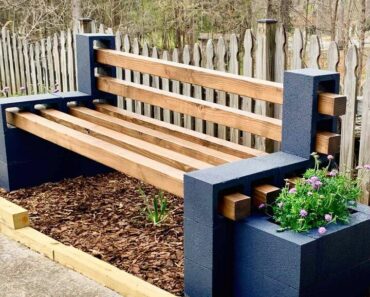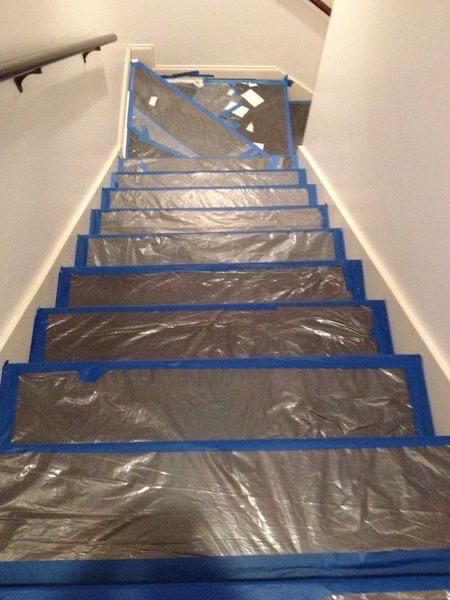
First step was to get rid of that carpeting. Ripping it up was the easy part. It was sort of dismaying to see the ugliness of the stairs. My original thought had been to just paint the treads and mosaic the risers, but the treads were 2x4s (2) with a BIG gap between them and there were some major gaps on the sides where the carpeting had filled in. Painting them would NOT make them look much better. So, we decided to call a contractor and install real treads—fairly expensive, but totally worth the cost. The treads are gorgeous!
Second step. Our pattern included a row of 2”x2” tiles at the top of each riser. We cut strips from 12” sheets of these mosaic tiles to fit across the entire length of each riser and glued them directly to the wood using premixed tile thinset. They were allowed to dry overnight.
Third step was to measure the width and length of each step (yes, they vary somewhat to accommodate the landing and the turn in the staircase). We cut strips of white paper to fit each riser and numbered them. Then we laid out all the strips and taped them edge to edge to make one long piece of paper.
Fourth step was the fun part: We took some of the actual tile that was going to be part of the mosaic and laid it out on the taped together white paper to get a feel for what it would look like. Then, we just drew around our tile with a magic marker to get a pattern of the garden path and the flowers on each side. It wasn’t detailed and it wasn’t exact—remember, I just wanted the illusion of a garden path
Fifth step. Once we had our pattern, we took the paper strips apart. Each piece of paper had the outline of the path and flowers and was a pattern for its assigned stair. We then stapled the pattern piece to a board and put a piece of clear plastic drop cloth on top so we could see the pattern. A strip of fiberglass screen cut to size went on top of the plastic. All three pieces were stapled securely to the board. Sixth step was to dry-fit the tile pieces by filling in the pattern on each paper strip. Once we were satisfied with how they fit together, we hand-buttered each piece of tile with premixed tile thinset and glued each piece directly onto the fiberglass. Wear latex gloves! That thinset sticks on anything! Each riser was completed this same way and allowed to dry for at least 24 hours. We ended up with fifteen long narrow mosaic pieces—– one for each riser.
Seventh step. I was bound and determined that those beautiful hardwood treads would be protected, so we used heavy duty plastic and LOTS of tape to cover all the treads. This was a labor intensive step, but I would never have skipped it. Dried thinset and/or grout is not pretty on wood and it hard to get off.
Eighth step was to clean up the mosaic riser strips after they dried. I like to use different sized wooden craft sticks to scrape away dried glue. Sometimes I use some old dental tools my dental hygienist gave me to really scrape stubborn glue. Depending on the finish, some tiles can be scratched if you get too energetic, so use care in cleaning them. After scraping, I usually wipe with a clean wet (water) rag to get remaining debris. Ninth step. Now, we really get to see progress! Each mosaic riser piece was glued in place using premixed tile thinset. This is where it proved worthwhile to measure each riser and make the pieces to measure. We left a small ¼ inch gap on each side that would be filled with grout. Even with the first few risers glued in place, we knew we had a winner in this project! After all the riser mosaics had been glued, we let them dry for several days, but overnight would have been long enough.
Tenth step was grouting. I don’t like TO grout, but I love the results! It creates such a finished look to most mosaic projects and it hides a lot of mistakes. Starting at the top of the stairs, we hand-grouted each riser strip with premixed off-white grout according to directions on the bucket. Tip: Some premixed grout has a resin in it that it very hard to remove when dry. Be sure to wipe your grouted tiles with a clean wet sponge until you can’t see a hazy surface. We didn’t wipe it down quite enough and had a devil of a time getting it nice and clean after it dried. Once again, it was proven that covering the stairs with the plastic was worth the trouble. Grout is messy! Check out the finished stairs!
The colors don’t show up very well, but the path is a dark coffee color and the “flowers” on the sides are purple tile
Here’s a little more of a close-up. If you look closely, you can see the purple!
Now I have a garden path and flowers up to my project room! So, yes, it was a lot of work, but it wasn’t difficult. Do I want to do another set of stairs? Not in this lifetime, but I’m in love with these!
We want to help you DIY, so some of the materials in this post are linked to sellers. Just so you know, Hometalk may collect a small share of sales from the links on this page.
For Ingredients And Complete Cooking Instructions Please Head On Over To Next Page Or Open button (>) and don’t forget to SHARE with your Facebook friends
